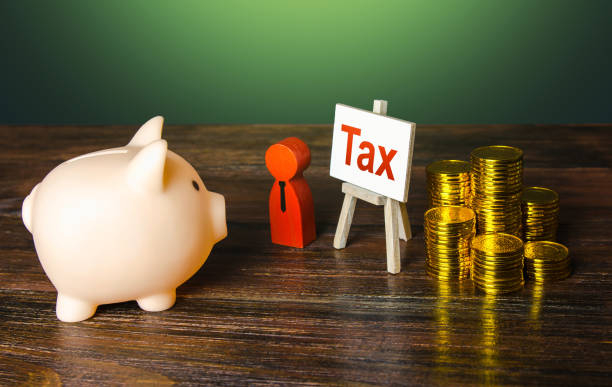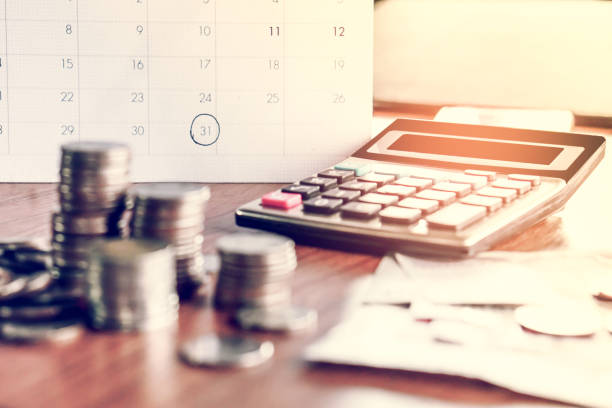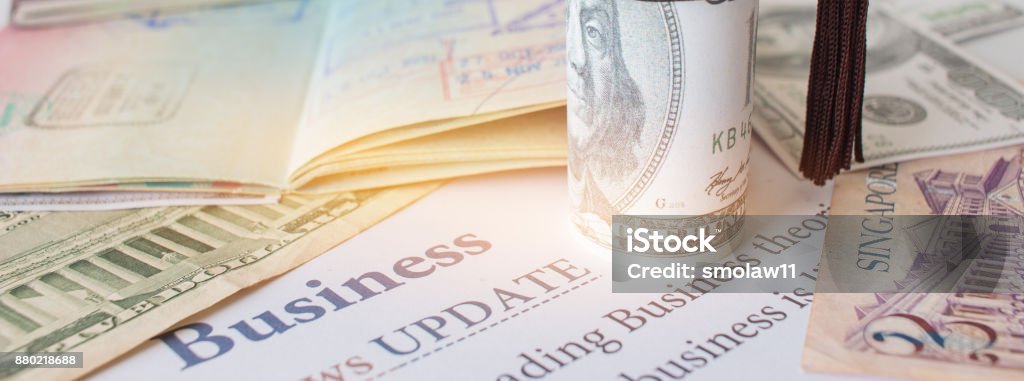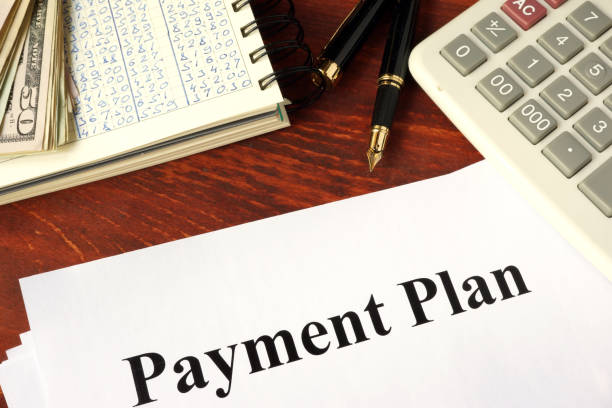Credit card debt is a common financial challenge faced by many. With high-interest rates and multiple monthly payments, it can be difficult
to manage. Fortunately, consolidating credit card debt offers a practical solution to regain control of your finances. By combining multiple debts into a single, more manageable payment, you can reduce your stress and take actionable steps towards becoming debt-free.
1. Balance Transfer Credit Cards
One of the most popular methods for consolidating credit card debt is transferring balances from high-interest credit cards to a card with a 0% interest rate for an introductory period. This allows you to focus on paying off the principal without accruing additional interest. However, keep in mind that after the introductory period ends, the interest rate may increase, so it’s essential to pay off the balance within the promotional period. Balance transfer cards often come with a transfer fee, so make sure to assess if the savings outweigh the costs.
2. Debt Consolidation Loans
A debt consolidation loan is another effective option for consolidating credit card debt. With this strategy, you take out a personal loan and use the funds to pay off your credit card balances. The benefit of a consolidation loan is that you may secure a lower interest rate than what you’re currently paying on your credit cards. This could reduce the total amount you owe over time and simplify your payments into one fixed monthly installment. For a more detailed approach, explore loan options tailored to your financial situation.
3. Debt Management Plans (DMP)
A Debt Management Plan (DMP) is a structured repayment plan set up by a credit counseling agency. Under a DMP, you make a single monthly payment to the agency, which then distributes the payment among your creditors. This strategy often comes with lower interest rates and waived fees, making it easier to pay off your credit card debt over time. It’s important to note that DMPs may affect your credit score, and it’s essential to select a reputable agency.
4. Debt Settlement or Bankruptcy
For individuals facing overwhelming debt that they cannot manage, debt settlement or bankruptcy might be an option. Debt settlement involves negotiating with creditors to pay off a portion of the debt for less than what is owed. While this can be a quick way to reduce debt, it can also damage your credit score. In the case of bankruptcy, some or all of your debts may be discharged, but this option also significantly impacts your credit for years. Consult with a financial advisor or legal expert before pursuing this route.
5. Increasing Your Income
Increasing your income through a side hustle or part-time job can accelerate the process of consolidating credit card debt. The additional funds can be used to make larger payments toward your consolidated debt, speeding up the timeline for becoming debt-free. While this may take time, it can offer long-term relief and help you regain financial freedom.
6. Creating a Budget and Sticking to It
Once you’ve consolidated your credit card debt, it’s crucial to stick to a realistic budget. Creating a detailed budget helps you track your spending, avoid unnecessary debt, and ensure that you can meet your debt repayment goals. Living within your means and consistently paying down debt will gradually improve your financial health.
Check if you qualify for IVA#CreditCards #DebtConsolidation #Loan #ConsolidatingCreditCardDebt #Bankruptcy #FinancialFreedom #DebtManagement






